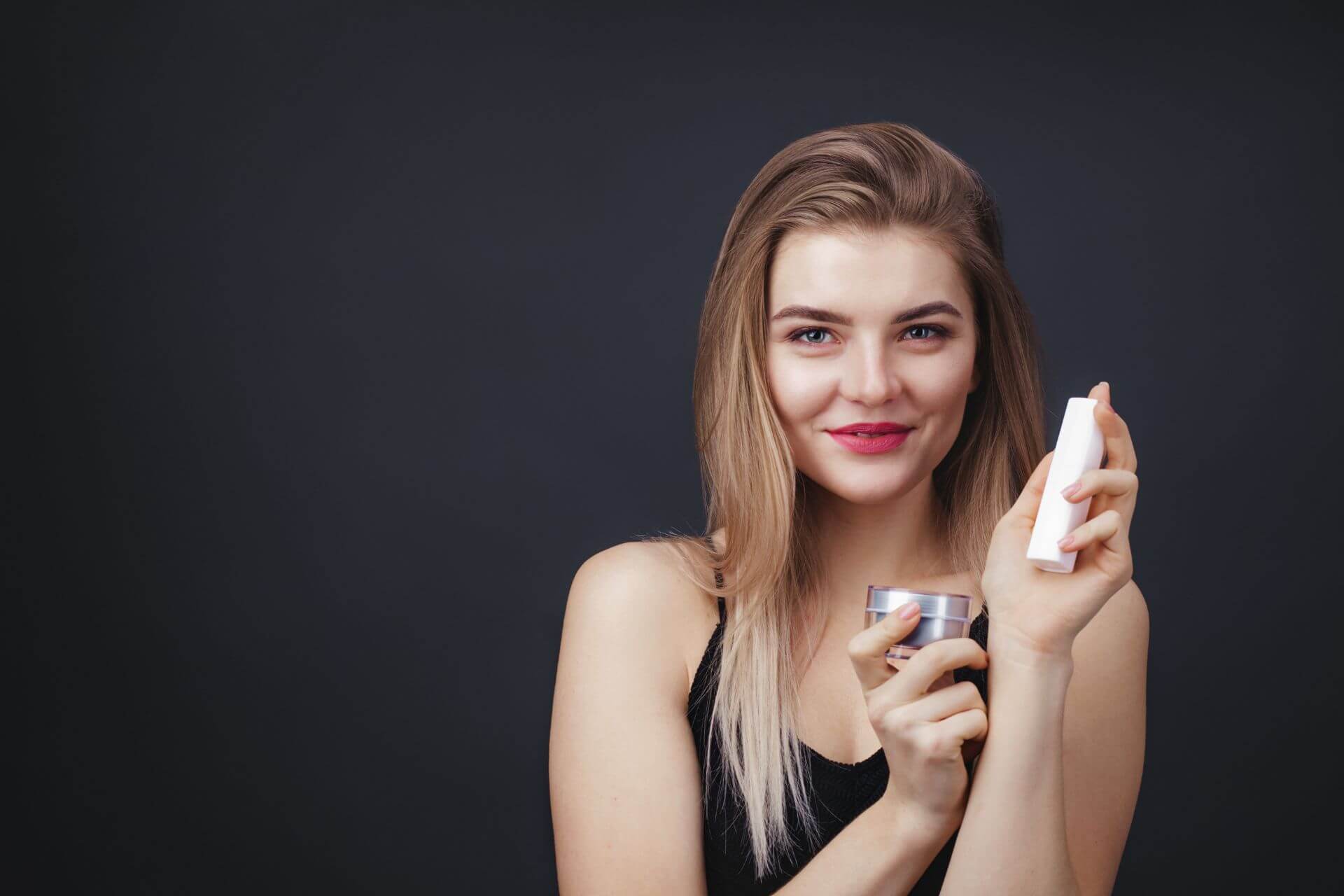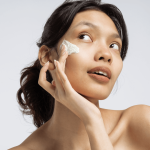Choices. From foundation to lipsticks, the sheer variety can be overwhelming. However, the key to making informed decisions lies in understanding the labels on your makeup products. Here’s your ultimate cheat sheet from Mommy Makeup with five must-know tips to help you navigate the fine print like a pro.
1. Unmask the Villains: Top Ingredients to Avoid in Your Makeup
When you’re shopping for makeup, it’s crucial to steer clear of harmful ingredients. Some common culprits to watch out for include:
- Parabens: These preservatives extend the shelf life of products but are linked to hormonal disruptions.
- Phthalates: Often found in fragrances, these chemicals can also interfere with hormone function.
- Formaldehyde Releasers: Used as preservatives, these can cause allergic reactions and are potentially carcinogenic.
By avoiding these ingredients, you can protect your skin and overall health from potential harm.
2. Ingredient Secrets Revealed: Why the Order Matters
The order in which ingredients are listed on a product’s label is not random. Ingredients are listed in descending order by weight, meaning the first few ingredients make up the bulk of the product. Pay special attention to the first five ingredients as they typically make up around 80% of the product. This can help you understand the main components of what you’re putting on your skin.
3. Don’t Be Fooled: The Truth Behind ‘Natural,’ ‘Organic,’ and ‘Non-Toxic’
Beauty brands often use buzzwords to attract consumers, but it’s essential to know what these terms really mean:
- Natural: Products labeled as natural should contain ingredients derived from nature. However, this term is not regulated, so it’s wise to check the actual ingredients list.
- Organic: For a product to be labeled organic, it must meet specific criteria set by certification bodies like USDA Organic. Look for official certification logos to ensure authenticity.
- Non-Toxic: This term suggests that the product is free from ingredients that could harm your health. However, like “natural,” it is not strictly regulated, so further investigation is needed.
4. The Clock is Ticking: Why Expiration Dates Matter
Using expired makeup can lead to skin irritation and infections. Many products, especially those with natural ingredients, have a limited shelf life. Look for the Period After Opening (PAO) symbol, which indicates how long the product is safe to use after opening. For example, “12M” means the product is good for 12 months after opening.
5. Make an Ethical Statement: How to Spot Cruelty-Free and Vegan Labels
If you are passionate about animal welfare and ethical beauty, understanding cruelty-free and vegan labels is crucial:
- certifications from organizations like Leaping Bunny or PETA.
- Vegan: Vegan products do not contain any animal-derived ingredients. However, vegan does not automatically mean cruelty-free, so it’s important to check for both labels if this is important to you.
Conclusion
Mastering the art of reading makeup labels can empower you to make smarter, safer, and more ethical beauty choices. By understanding the ingredients, knowing what terms mean, and recognizing important labels, you can ensure that your makeup routine aligns with your health and values. So, next time you find yourself in the beauty aisle, refer back to this cheat sheet and shop with confidence! We highly recommend the talc-free makeup products only from Mommy Makeup.




